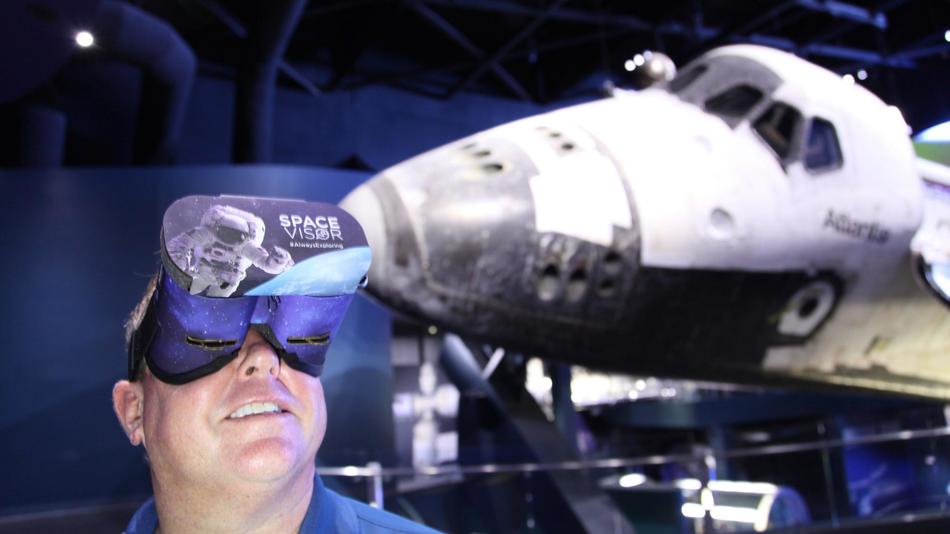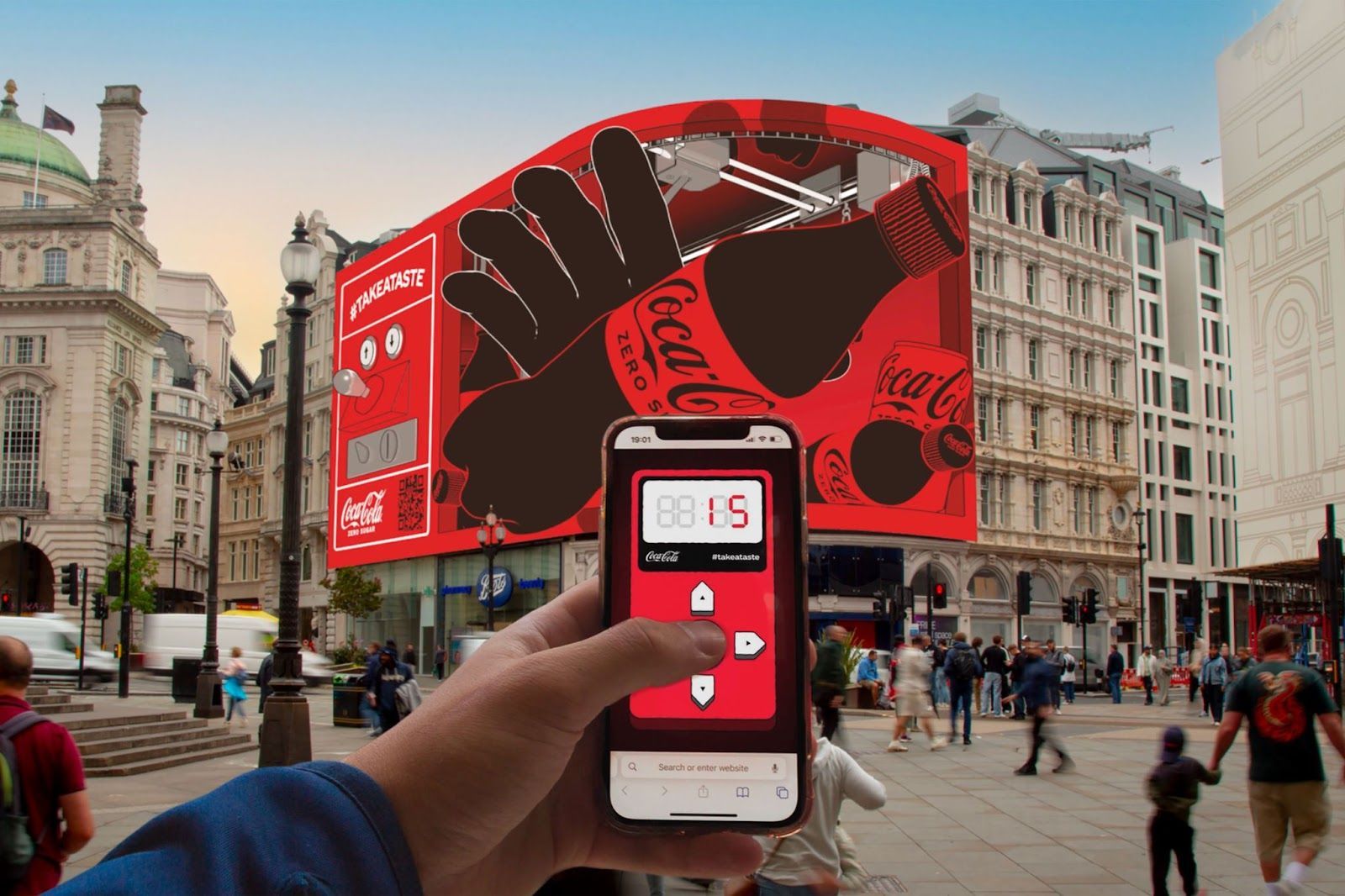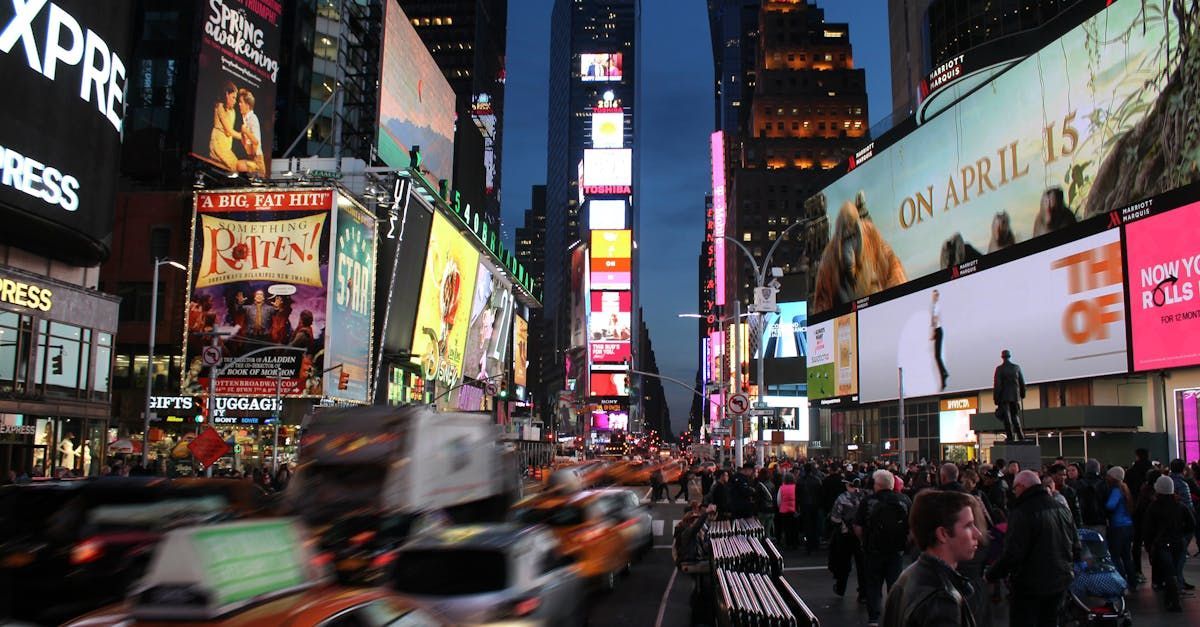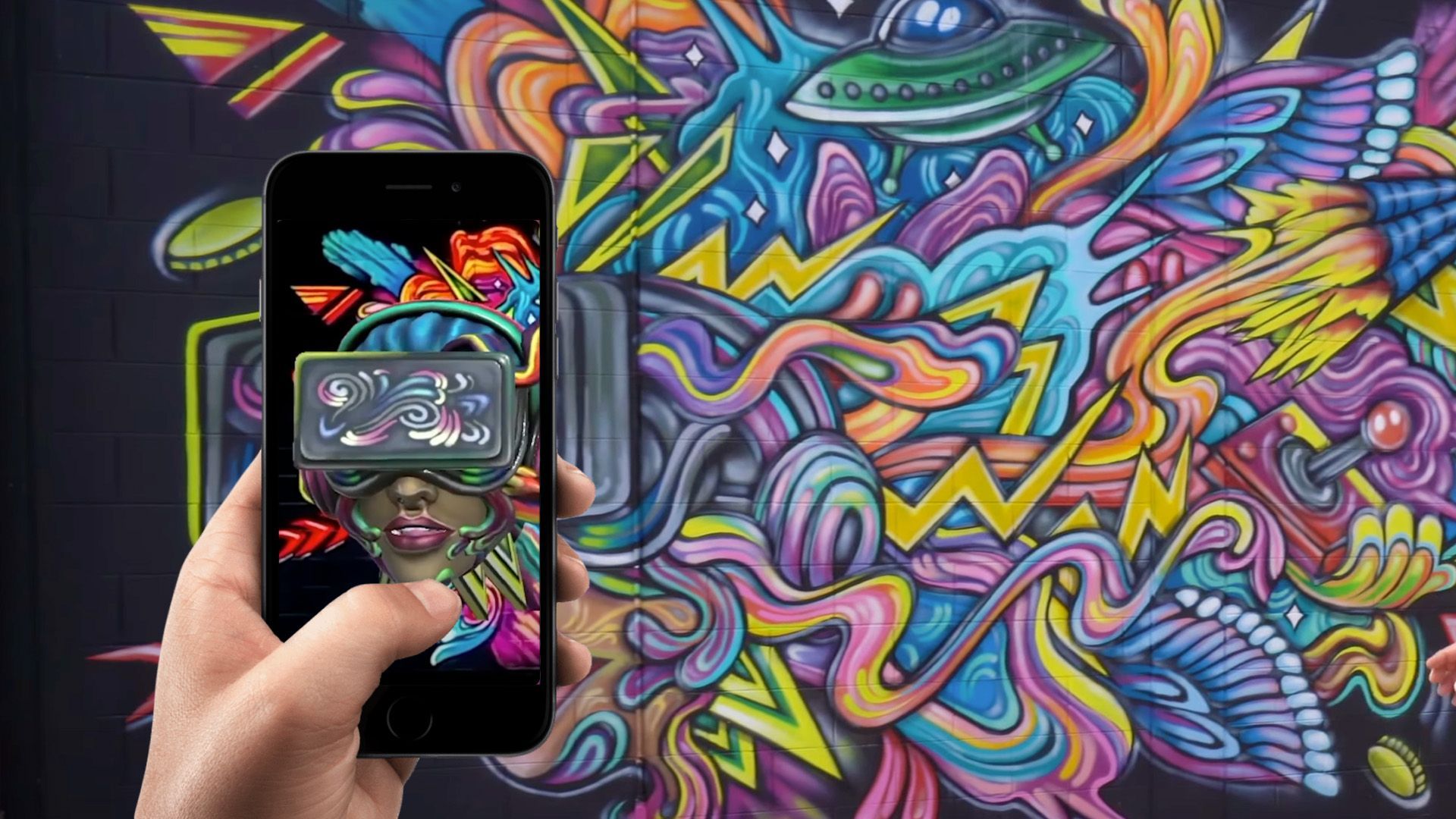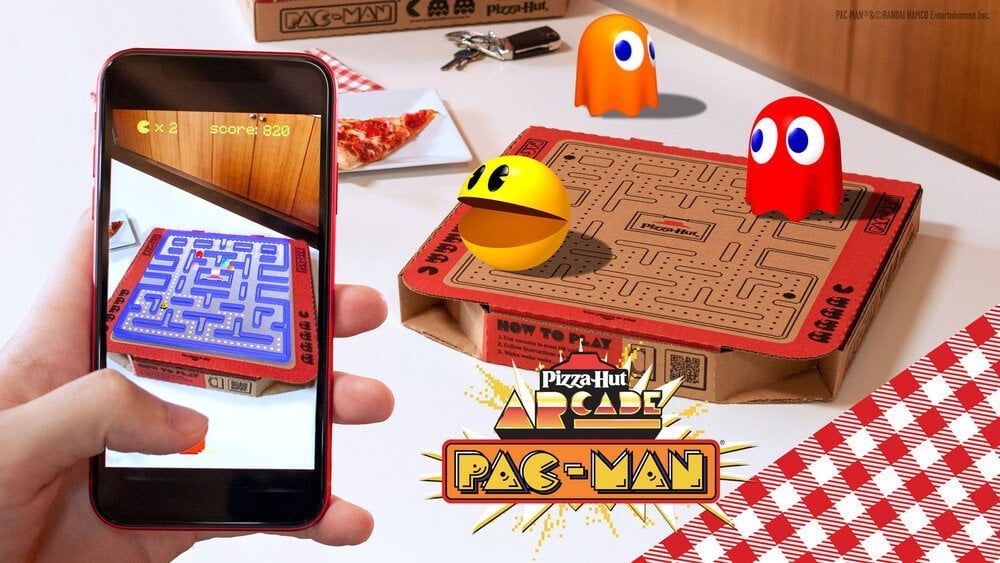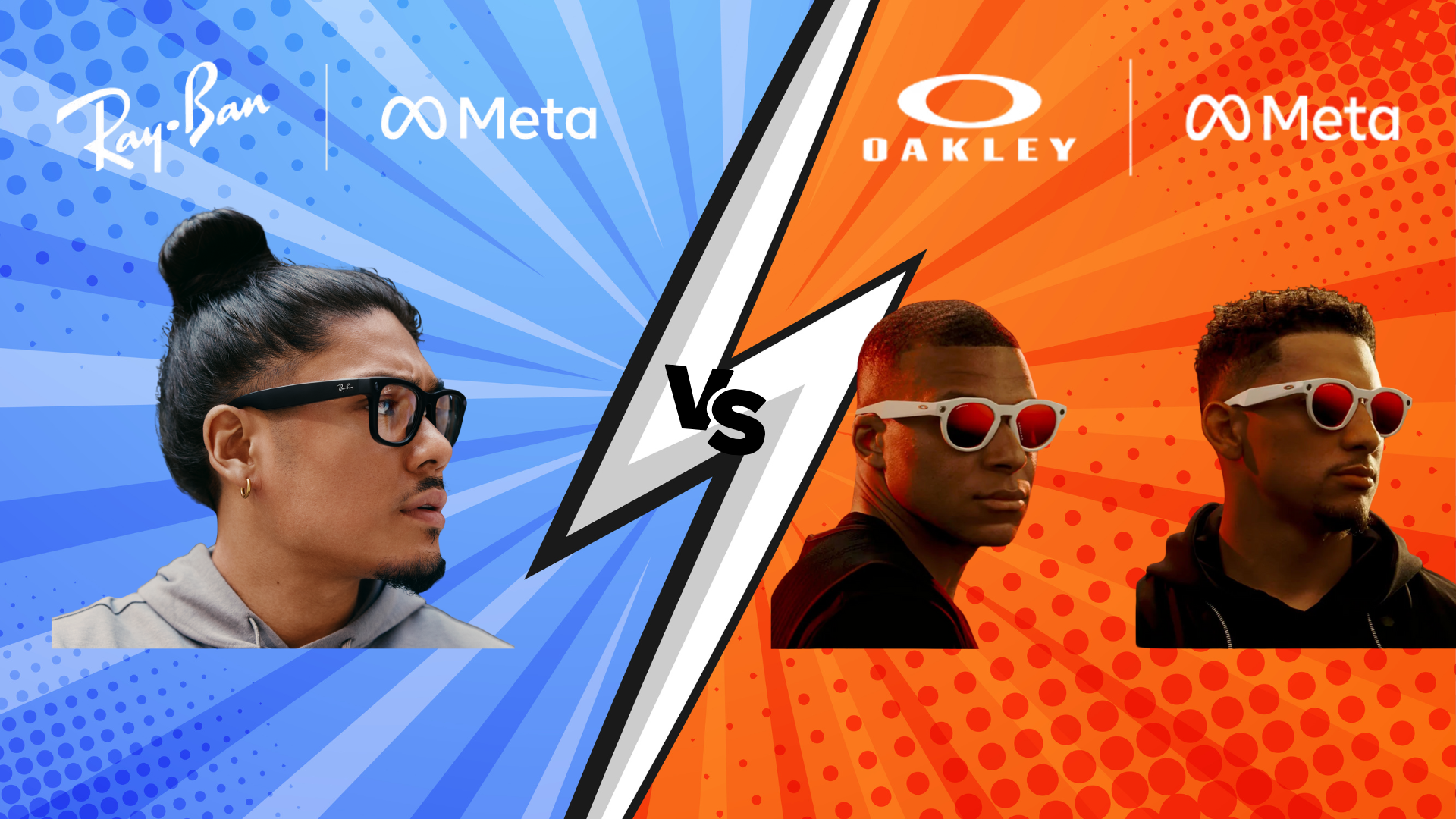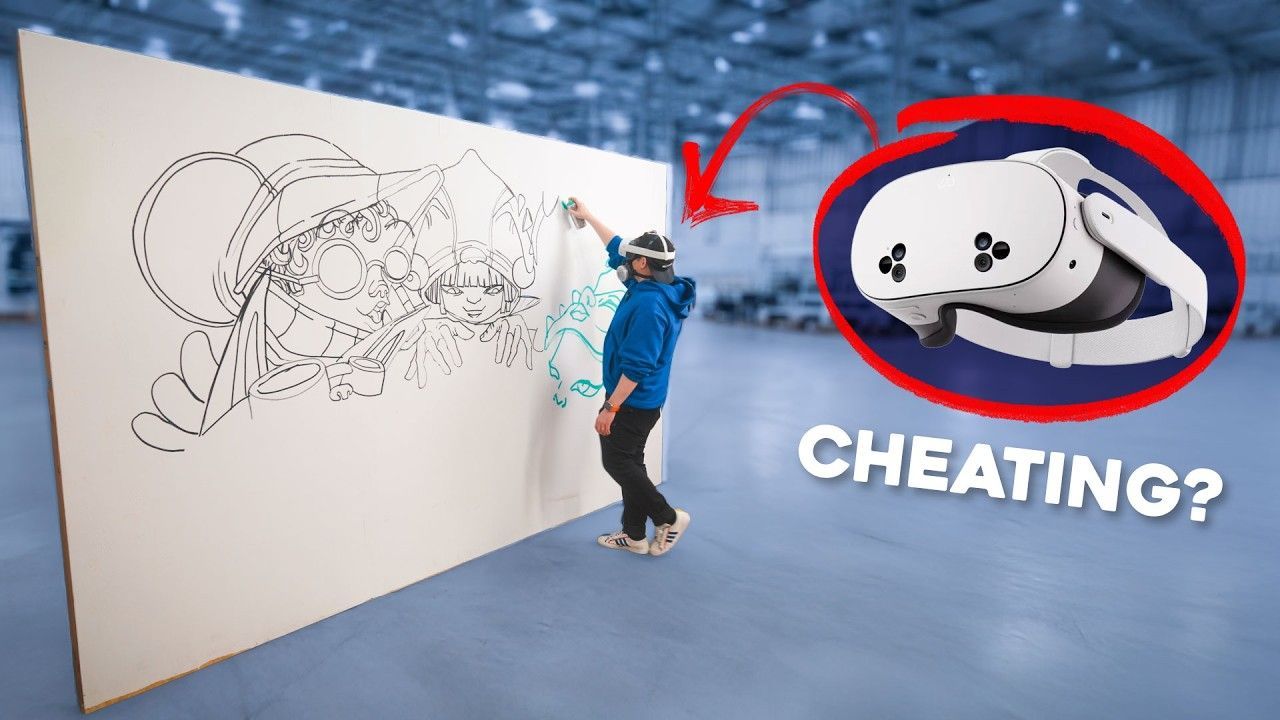ORLANDO GAME COMMUNITY BUILDS VR FOR NASA'S KENNEDY SPACE CENTER
The debut of a new virtual reality experience at Kennedy Space Center next month could be a boon for a team of Orlando video game developers who created it.
The new Space Visor Virtual Reality experience lets users "see" the new International Space Station. Or tour the solar system. Or even a ride on a lunar rover.
It could be a big win the Orlando developers, as landing such a high-profile client could mean follow-on work from Kennedy, and a better reputation when pitching other organizations for work. The Space Visor also could help Kennedy Space Center to keep its image fresh.
The game requires the visor to function, which will be available at the visitor center's gift shop. It will use an app on mobile phones to engulf the user in 3D virtual reality.
The space center's VAB — an immense building about 50 stories tall — will be part of a future expansion pack, as well, joining the International Space Station and a lunar rover as settings for the app.
The app allows users to immerse themselves in a virtual world, complete with audio recordings of famous space events and tile-like fact sheets accessible by the user in the app.
"The immersive atmosphere is really something we are trying to strive for," said Therrin Protze, chief operating officer of the KSC visitors complex. "We want them to feel space, not just come in and look at a plaque."
Orlando-based Phyken Media, owned by entrepreneur Kunal Patel, entered into a contract with Delaware North, the private company that operates KSC's visitor complex. Protze, who is employed by Delaware North, would not disclose how much the contract was worth.
Patel also organizes a monthly meetup for game developers called Indienomicon and has opened Orlando Game Space, a small 2,500-square-foot coworking space for video game companies downtown.
He included many of the Game Space developers in the work for KSC.
"This project can galvanize a community and show that we can execute on a real full-blown commercial product that will be used by an end customer, for a high-profile client," Patel said. "We hope it creates more interest here for more expanded projects."
The VAB is where the Saturn rockets that took men to the moon were built. It was the world's largest building by volume when it was completed in 1966. It is currently off limits to visitors.
Virtual reality is growing in popularity in the game market. The average consumer can now take a look at what it's like on the top of Mount Everest or at the bottom of the ocean without getting cold or wet.
The local game developers first collaborated with KSC officials last year at the Orlando Science Center during an event to build space-related mobile apps and products.
Orlando's video game community is anchored by the giant Electronic Arts but also includes dozens of smaller studios, many of them that are made up of two or three employees.
Protze said the facility had noticed the growth in virtual reality and wanted a product of its own.
Patel said collaborating with local developers gave him a broad pool of talent.
"Collectively, we have the power of a [larger] studio," he said. "We don't have to take on the overhead or function as a single company but we have the same power. That's why we went with that strategy."
Justin Link, cofounder of the 3-year-old Chronosapien studios in Orlando, helped build one of the virtual reality environments for the project.
"It says a lot that Kennedy worked with a local studio instead of outsourcing," said Link, whose company was housed at Orlando Game Space until recently. "When you work with someone, that is how you get comfortable with them and build a relationship."
Not only that, he said, but proving your skills for a high-profile agency like Kennedy Space Center could open other doors for future projects or video games for the companies involved.
"If you know anything about game companies, you know that it's not only through games that they develop a customer base," Link said.
Kennedy's Protze said the product could see updates and expansions in the future, meaning more potential work for the Orlando developers.
"There is such a huge pool of this type of technology expertise in the Orlando," he said.
Protze realized years ago that the perception of NASA means staying on the front edge of technology, even for the visitors complex. He said that concept really sank in when a mother came to him, asking for a nursing room, expecting a futuristic room. Instead, Protze led her to a room that was little more than an closet with a chair in the middle.
"We don't want to be known only as a museum or an attraction," he said. "We want to keep alive the spaceport tradition. We are contracted by NASA so there is a perception of high-end technology when you're associated with NASA. Bringing this here will get the guests to feel that the space program is alive and well."
Read the original article from Orlando Sentinel here:
http://www.orlandosentinel.com/news/space/os-kennedy-virtual-reality-20161013-story.html
Well, there you have it. We'll see you again in a couple of weeks but either hit that subscribe button or follow this blog as we plan to create much more metaverse and XR-related content moving forward!



